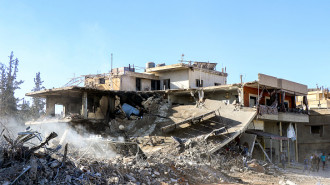The Palestinian 'West Side Story': A glimpse of the Jerusalem that used to be
An in-depth series on West Jerusalem has shone a spotlight on Palestinian life in the city before the 1948 Nakba, which marked its 75th anniversary on Monday.
Occupied East Jerusalem is well known today as a battleground in Israel's efforts to replace the city's Palestinian population with a Jewish one.
But the articles in the Jerusalem Story website's "West Side Story" series explore a neglected history from before the mass ethnic cleansing of Palestine by Zionist forces during the Nakba ("Catastrophe" in Arabic).
"This topic is especially timely now, as Palestinians commemorate the 75th anniversary of the Nakba," Jerusalem Story's founding director Kate Rouhana told The New Arab.
"While it is commemorated on 15 May, the Nakba was not an event that ended. It's a process that started before 1948 and continues to this day."
Rouhana is an American of Irish origin who married a Palestinian citizen of Israel and lived and worked in Jerusalem for several years before returning to the US.
Jerusalem Story was launched in June 2022, seeking to convey the stories of Jerusalem from the perspective of its "large and diverse indigenous Palestinian community", the site's page reads.
"I find the case of a city that is being administered primarily with the aim of benefitting one ethnoreligious group to the exclusion of all others to be endlessly fascinating and morally compelling – by which I mean it is a story and a situation that the world must be made aware of, understand, and address," Rouhana said.
"I've seen Jerusalem when it was the capital of the Palestinian West Bank and its hub, and I've watched its gradual severance from its hinterland through draconian measures such as closure, checkpoints, the permit regime, the Separation Wall.
"I've witnessed the atrophy of whole Palestinian neighbourhoods both inside and outside the city alongside the infusion of resources into Israeli settlements that grow and flourish, entrapping and asphyxiating the adjacent Palestinian areas."
The West Side Story series explains that the Palestinians of Jerusalem have not always been confined to the city's eastern sector as is now the case.
"Before 1948, Palestinians built and developed the emerging New City, including entire neighbourhoods, and they enjoyed a cosmopolitan, bourgeois, even privileged urban life, living side by side with Jews and others," said one article.
Then, during the Nakba, Palestinians were pushed out by Zionist forces, across the country.
Some were directly expelled while others chose to escape before that fate could befall them.
"A 'total transfer' of Palestinians from West Jerusalem had been achieved; West Jerusalem was converted from a diverse and cosmopolitan urban centre into an exclusively Jewish one," said the West Side Story article.
"To this day, the state has not allowed Palestinians to return despite their deep historic roots in and around Jerusalem.
"Palestinians from the areas that became West Jerusalem - who numbered in the tens of thousands in 1948, as well as their descendants - cannot reclaim their families' seized properties or assets, even if they live just a stone's throw away in today's East Jerusalem."
Settlers are, however, able to use the Israeli legal system to take over Palestinian homes in the city's eastern side, illegally occupied since 1967.
The four main West Side Story articles are heavily researched and comprehensive, with one story expected to take 84 minutes to read and another 51. The website section also includes videos, personal stories and more.
Jerusalem Story has also covered other issues. These range from Israel's illegal settlements to its apartheid wall, which cleaves Jerusalem from the rest of the West Bank.
There is a section explaining the meanings of key terms, as well as a page for users to register interest in volunteering for the site.

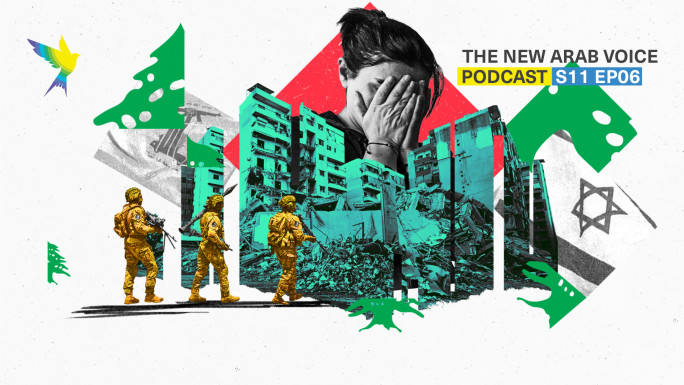
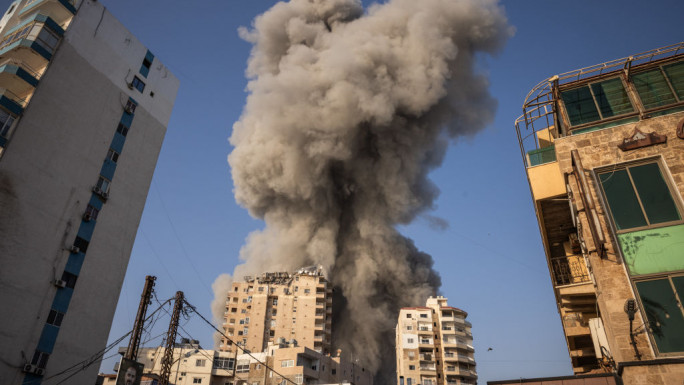
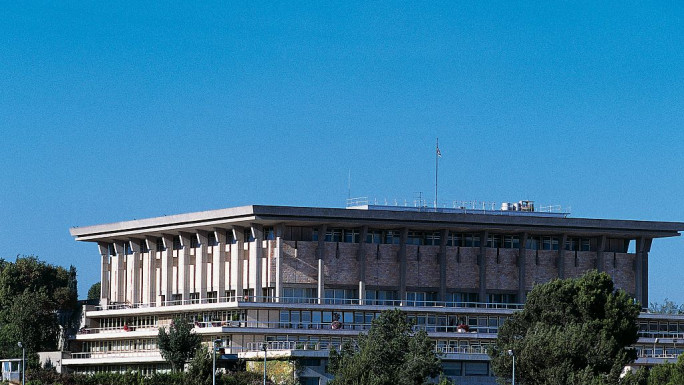
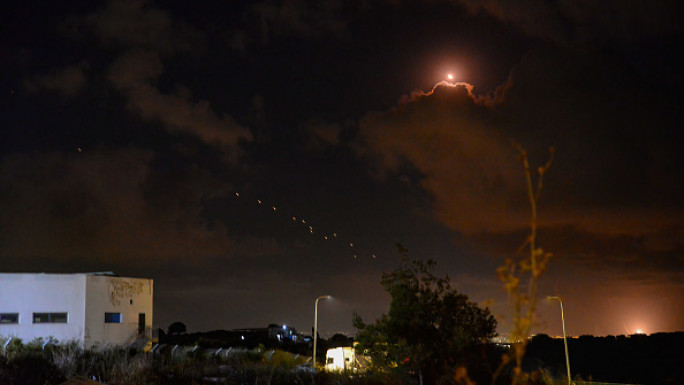
 Follow the Middle East's top stories in English at The New Arab on Google News
Follow the Middle East's top stories in English at The New Arab on Google News
